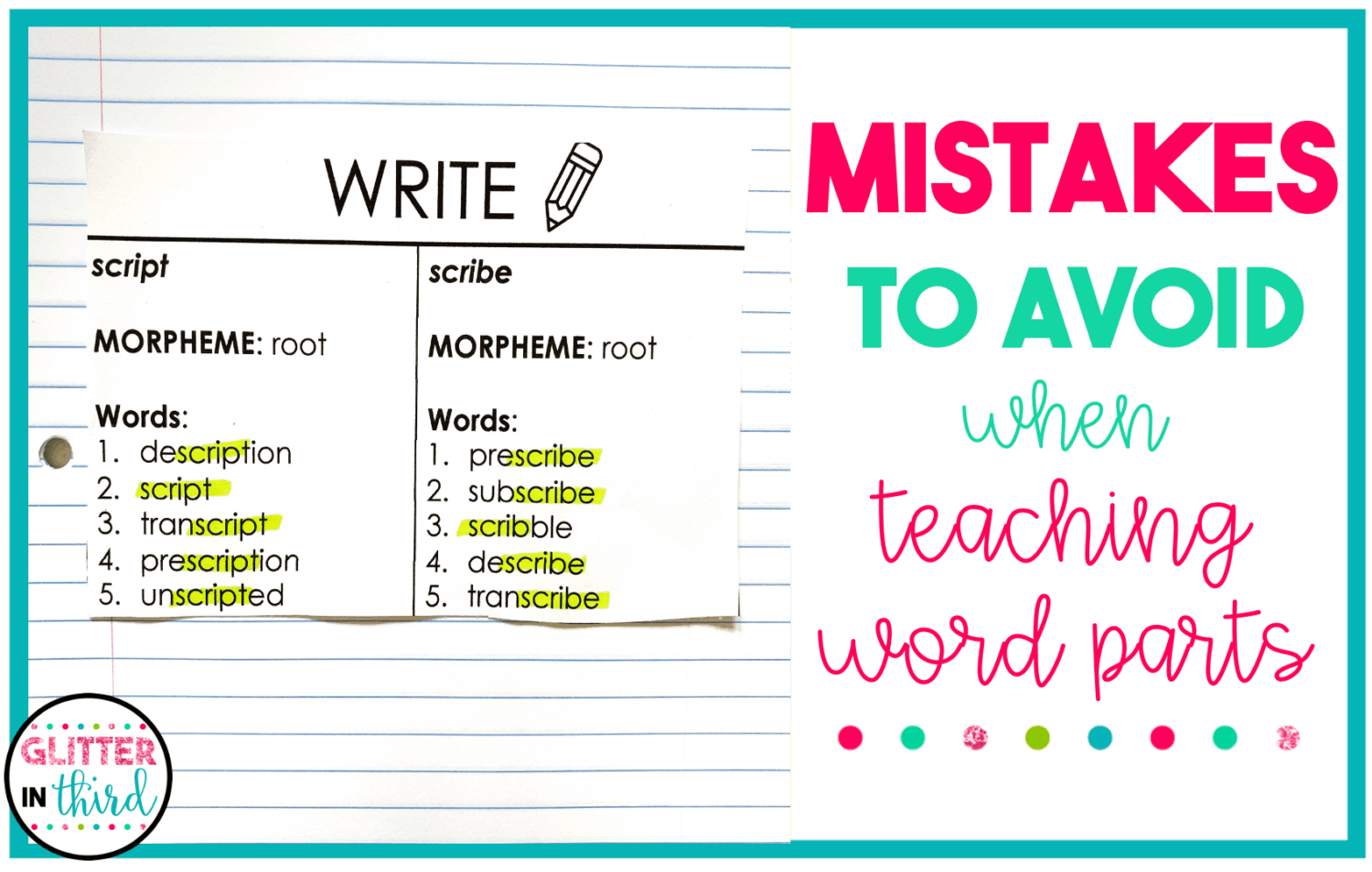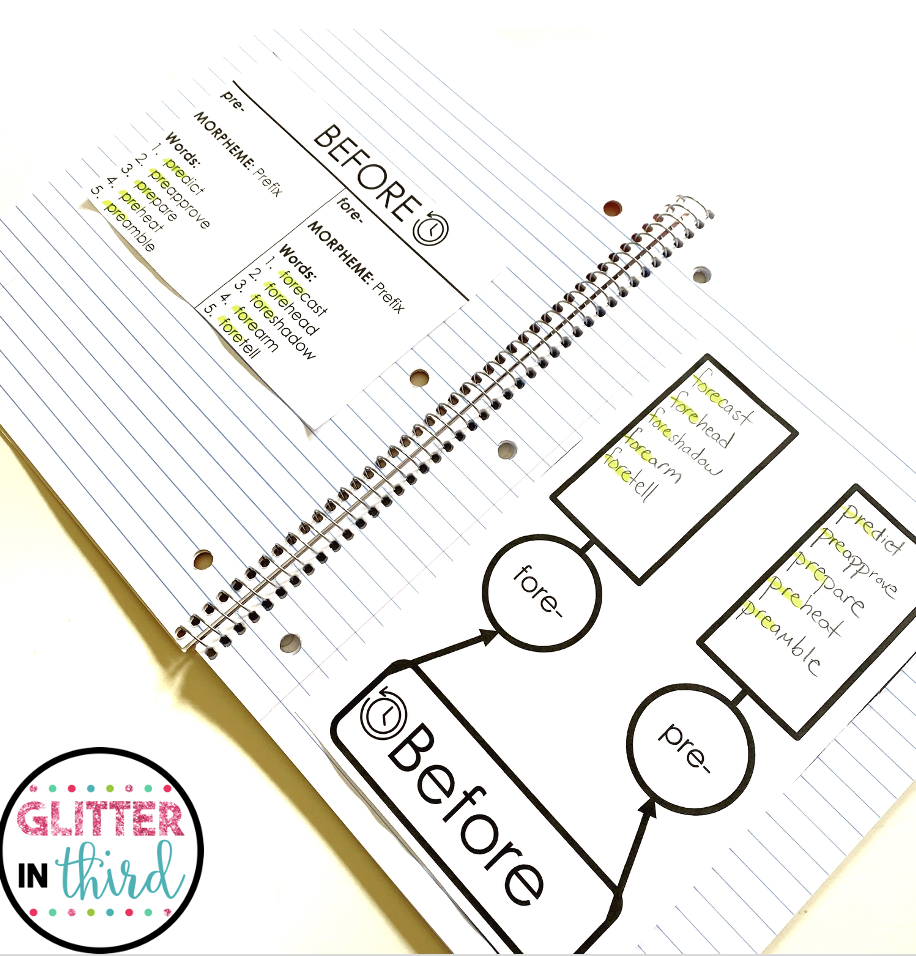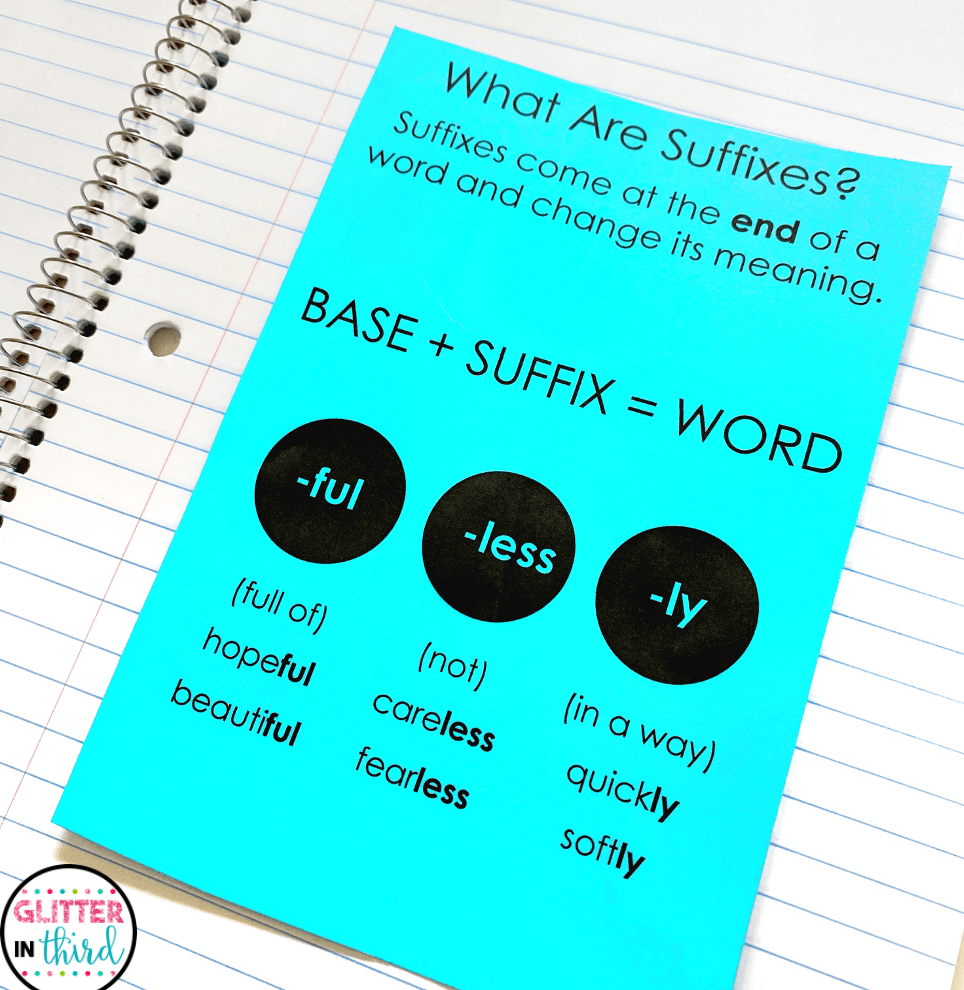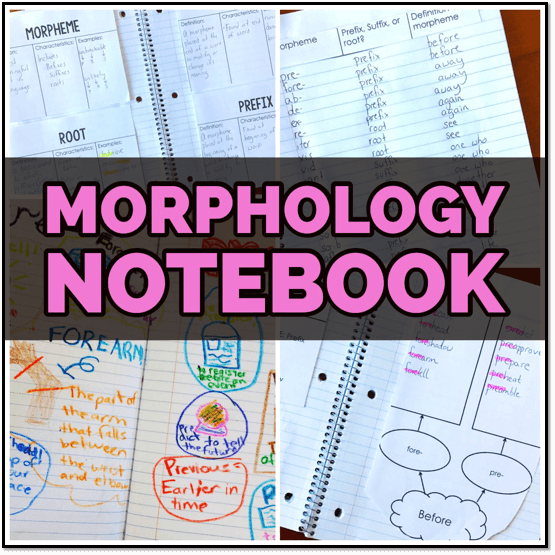Join the VIP Teacher Club!

Teaching prefixes, suffixes, and root words can be one of the most effective ways to support vocabulary, decoding, and comprehension. But without a thoughtful approach, even the best intentions can fall flat.
If you’ve ever felt like your students memorize word parts but don’t actually use them when reading or writing, you’re not alone. I’ve been there too.
Over time, I’ve learned that small shifts can make a big difference. Here are five common mistakes to avoid when teaching word parts—plus practical ways to fix them.
Want an easy, no-prep way to reinforce comprehension too? I’ve got a free color-by-number reading passage you can use right away! Just drop your name and email below, and I’ll send it straight to your inbox.

It’s easy to feel like you need to cover every prefix and suffix right away. But when students are given too many morphemes at once, they can’t hold on to the meaning.
What to do instead:
Stick to one or two morphemes per week. Spend time using it, applying it, and noticing it in reading and writing. This simple routine builds long-term understanding.
Students might be able to tell you that “pre-” means “before,” but that doesn’t mean they can use it in context—or even recognize it in a new word.
What to do instead:
Go beyond definitions. Let students build words using the morpheme, define them in their own words, and use them in sentences or short writing tasks.
Teaching word parts on a worksheet or flashcard isn’t enough. Students need to see morphemes in action if we want them to actually use the knowledge.
What to do instead:
Point out morphemes during read-alouds, small group reading, and even content-area texts. Ask questions like, “How does this prefix help you understand the word?”
Even if students master a word part in the moment, it can quickly fade if it’s not reviewed. A week later, they may not remember what “re-” means unless you circle back.
What to do instead:
Build in consistent, low-prep review. A quick vocabulary game, matching activity, or notebook review page is all it takes to keep morphemes fresh in students’ minds.
Looking for ideas to incorporate more classroom activities into your day to review prefixes, suffixes, and roots? Check out my blog post for ideas!

Not all students learn word parts the same way. Some need more time, visual support, or repeated exposure to truly master the skill.
What to do instead:
Use visuals, modeling, sentence starters, and consistent routines. A morphology notebook with clear structure gives students the scaffolding they need to succeed.
Think of morphology as a toolbox—and your job is to help students learn how to use each tool in different ways. Try incorporating:
A morphology notebook with built-in structure is a game-changer. It allows students to revisit definitions, track new morphemes, and apply their knowledge across weeks. This kind of support helps all learners—not just those who “get it” the first time.

If you want a no-prep, student-friendly way to avoid these mistakes, I created a Morphology Notebook that’s easy to implement and fits into any literacy block.
Each week includes:
You can take a look at the notebook HERE if you’re ready to try it in your classroom.
Teaching word parts doesn’t need to be overwhelming—and you don’t have to do it perfectly. When you avoid these common mistakes and build a simple, consistent routine, your students will start using word parts with confidence.
Small steps add up. One morpheme at a time, you’re building stronger readers and writers.

Hey there, I’m Kelly! I I love helping teachers save time with technology and resources so they have more hours in the day to spend with family and friends. Take a look around to find new ideas that you can implement in your classroom today!